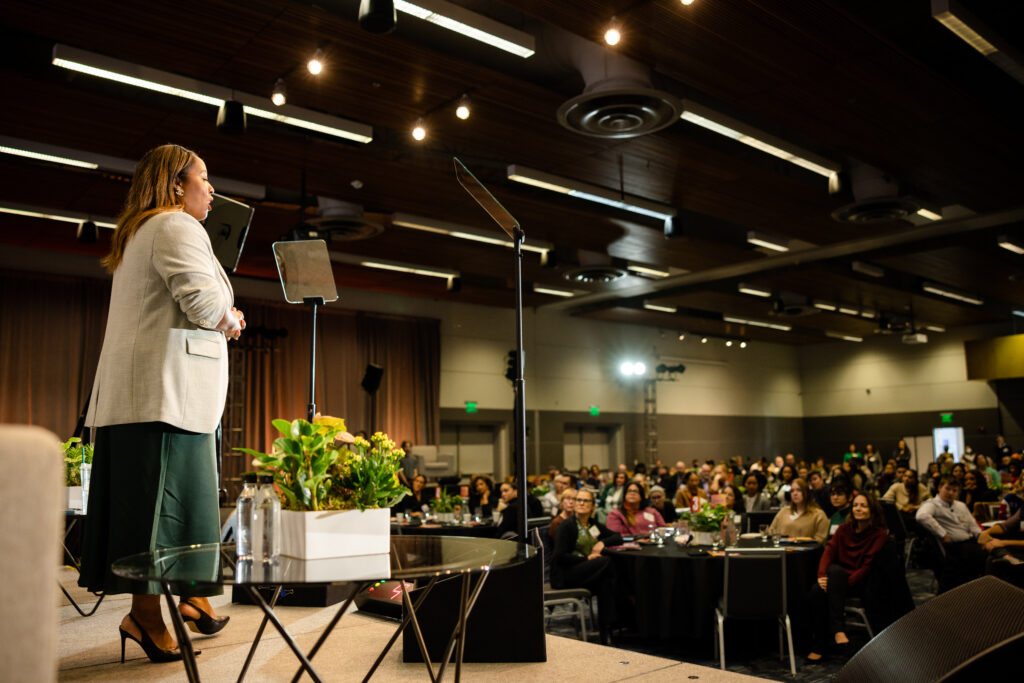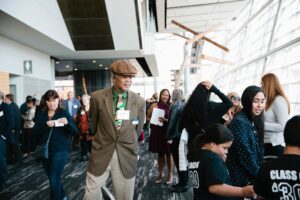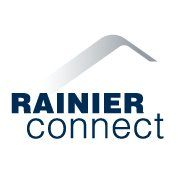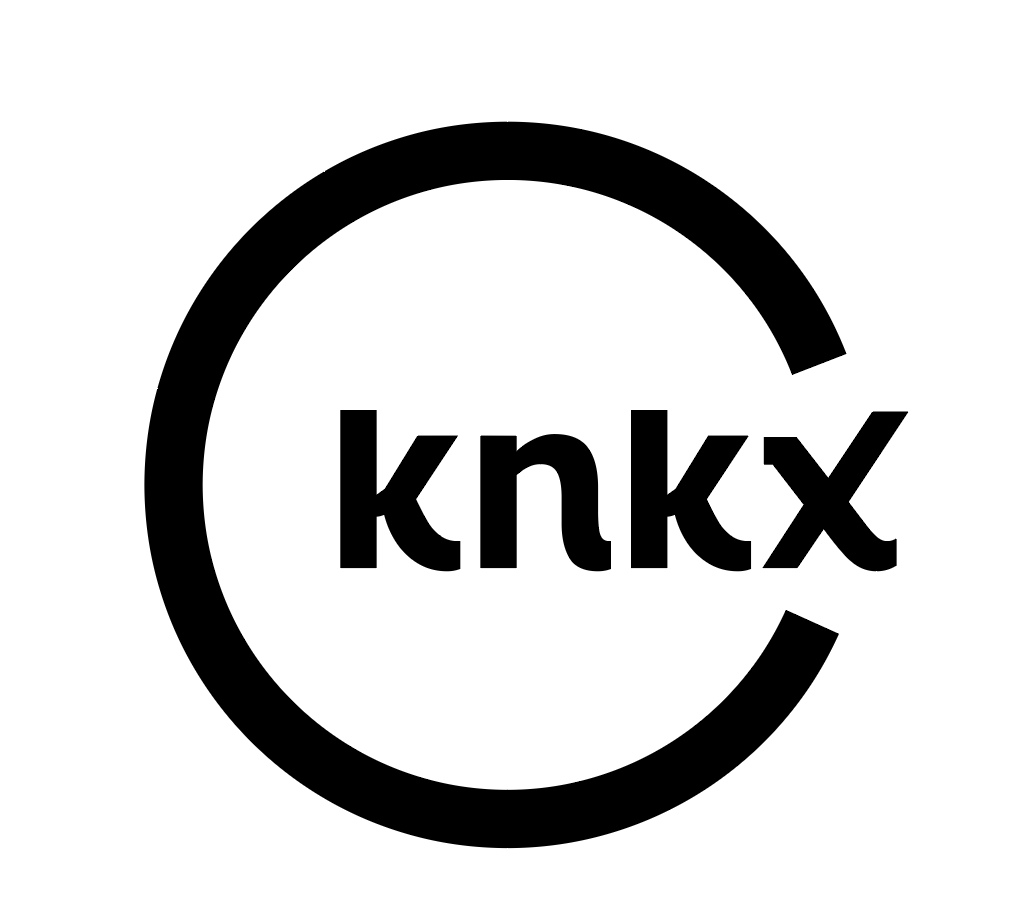The Foundation for Tacoma Students recently hosted the second annual State of Public Education convening on October 25, an event that brought together community members, leaders, and advocates united by a common goal: advancing the success of every child in our community. During this gathering, Dr. Tafona Ervin, esteemed Executive Director of the Foundation, delivered a speech that not only encapsulated the spirit of our mission but also challenged us to envision and work towards a transformed future for public education.
In her address, Dr. Ervin highlighted the current landscape of public education and the critical need for systemic change. She emphasized the interconnectedness of early learning, expanded learning, K-12, higher education, and workforce and the importance of viewing these as a cohesive journey rather than isolated stages. Dr. Ervin’s speech was not only a reflection on the state of public education but also a call to action for rethinking our approaches and systems to better support every child’s potential.
As we share this speech with you, we invite you to delve into Dr. Ervin’s insightful perspectives and join us in contemplating the role each of us plays in nurturing and empowering the next generation. Her message is a beacon for strategic, empathetic, and bold action towards a reimagined educational landscape, where every child is seen, understood, and supported.
Below is the full transcript of Dr. Tafona Ervin’s speech. We encourage you to read, reflect, and engage with the ideas presented, as we collectively strive to invest in tomorrow’s possibilities.
Welcome to the second annual State of Public Education Luncheon. I’m delighted to see so many familiar and new faces in the room today. Your presence symbolizes a shared commitment to the Graduate Tacoma movement: the belief that, together, we can help every child achieve success from cradle to college and career. Today, we’ll explore the myriad of ways in which we can invest in tomorrow’s possibilities.
Before we begin, I want to express my profound gratitude to our esteemed board of directors. Their trust in my leadership—and that of my team—is unwavering. We’re united in our community’s 2030 goal to see 70% of our community’s children achieve success in a postsecondary pathway of their choice.
I’d also like to take a moment to highlight my exceptional team, and invite them all to please stand. Everyone, please join me in applauding these dedicated individuals. Their relentless efforts not only made today’s event possible but also continuously propel the vision and mission of our organization forward.
I must express a huge thanks to our sponsors. Their belief in our community’s potential is evident. With their invaluable support, we’re empowered to host gatherings like today’s, where the ideation of innovative solutions can emerge.
Lastly, I want to express my appreciation to all the elected officials or their representatives here today. We know that achieving the profound change we aim for demands the backing of those who carry the voices of our community to the halls of power. You play a pivotal role in shaping and enacting policies that benefit every student in our communities, and we’re grateful to have you here with us today.
While your presence today warms my heart, it also weighs heavy with thoughts of the children and families of Gaza. I grieve for the over 5,000 lives lost in a conflict driven by power and dominance, and for the nearly 1.5 million Palestinians displaced from their homes. While the challenges in Gaza differ from those faced by BIPOC communities and those living in poverty in our county, the underlying themes of oppression, systemic violence, and a government’s disregard for its invaluable citizens resonate deeply with me.
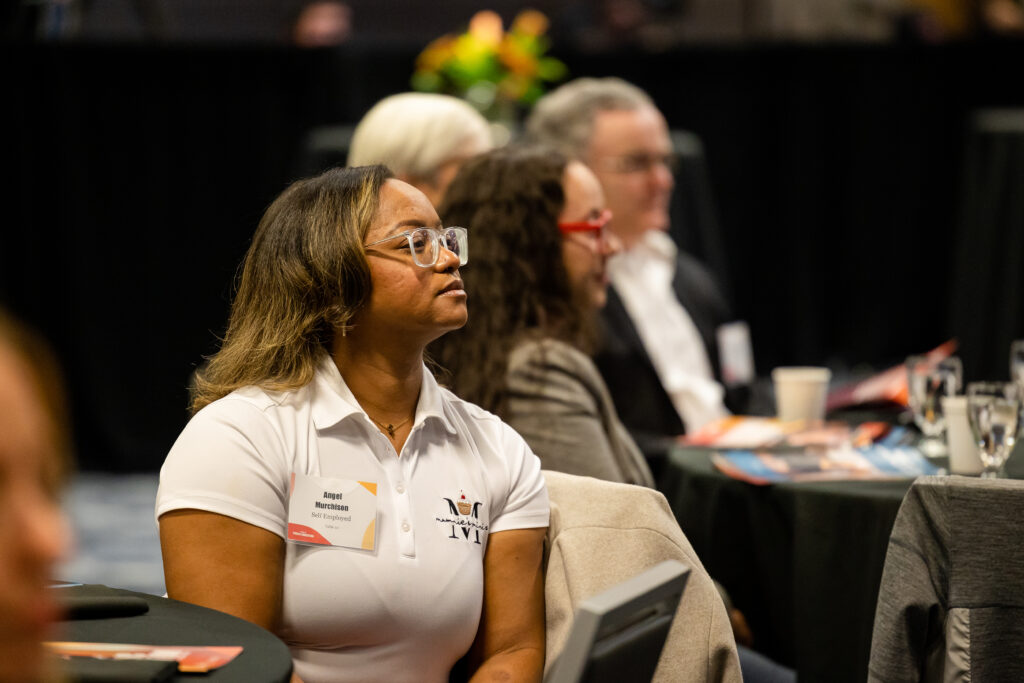
The past year has made it abundantly clear that a return to the ‘normal’ we once knew is both impractical and undesirable. Instead, we stand at a pivotal moment, holding the responsibility to boldly transform our educational landscape with equity at its core.
Such a transformation requires us to rethink not just our curricula, but to also reevaluate the very bedrock of our systems: our funding structures and tax codes.
The lingering effects of historical oppression permeate our institutions and communities. As leaders, it’s essential for us to confront these disparities, ensuring that our policies actively promote justice. We created these systems, and it’s within our power to enhance them.
The call is clear – we must hold ourselves accountable and move toward the reallocation of resources. A commitment beyond words, manifesting in tangible, measurable outcomes.
Every child deserves a support system that is reliable, one that prioritizes their safety, health, and well-being. A system that nurtures their dreams and guides them on a path to success.
For too long, we’ve viewed early learning, K-12, and higher education as separate entities. However, our challenges are intertwined. Take for example, the significant departure of women, especially mothers, from the workforce highlights the connection between the decrease of women in the workplace and the insufficient childcare options available.
Our K-12 and postsecondary systems function in silos, yet their integration is vital for serving students seamlessly transitioning from high school to a postsecondary path of their choosing, and frankly meeting the demands of a growing labor market.
Our students and their families are feeling the brunt of this fragmented approach. They are the ones who often feel powerless in our current system. To invest in their future is to invest in a future where they are not just seen but are truly understood and catered to. To invest in their future is to build capacity in their communities.
I was reminded last week of a saying by Frederick Douglass: It takes far less to invest in the innocence and potential of a child than to invest in the repairing of a broken man.
Each decision we make, from the boardroom to the classroom, sets the trajectory for countless lives. As we deliberate and act, let us do so with intentionality and empathy.
Strategic initiatives have long served as our learning agenda, providing a foundation upon which we build and grow. The insights gained from these initiatives have enabled us to identify and confront the deeply rooted issues within our systems head on. As we move forward, we must do more than just launch new strategic initiatives; we need to delve deeper into the core of the matter: the foundational solutions. Rather than focusing solely on programmatic tasks, it’s time we immerse ourselves in profound systems change work. Let’s rethink and reshape the very structure of our support system.
While our intentions have always been in the right place, leading us to create and develop new programs, we must now question: are we simply applying a temporary fix to a deep-rooted problem?
It’s essential to move beyond mere symptomatic relief and channel our energy and resources towards addressing the root causes of these challenges. Our traditional systems, often restricted by conventional methods, need a thorough reimagining. Our ultimate aim should be to effectively cater to our students’ needs, transcending superficial remedies and understanding what truly benefits them.
From early education to the workforce, every phase should seamlessly connect, optimizing efficiency and reflecting the needs of the community. Our goal isn’t just to invest in the promise of a brighter future but to reshape the present, making it fundamentally more impactful and effective.
We live in a time where the arbitrary expectations of academic excellence are overshadowing the more pressing concerns about the well-being of our children and their families. It’s pointless to champion academic achievement without acknowledging that the foundation for many of our students and their families is fractured, if not broken.
Imagine redirecting funding from independent systems, making them work more cohesively to leverage resources better and serve the community more effectively.
Let’s face it – systems change is not a sprint; it’s a marathon. It demands patience, perseverance, and an acceptance that we might falter along the way. But isn’t that the essence of growth?
The audacious dream of putting a man on the moon wasn’t realized overnight. It took multiple failures, recalibrations, and unwavering determination. And today, what once seemed an insurmountable challenge has transformed into a recreational activity for those who can afford it.
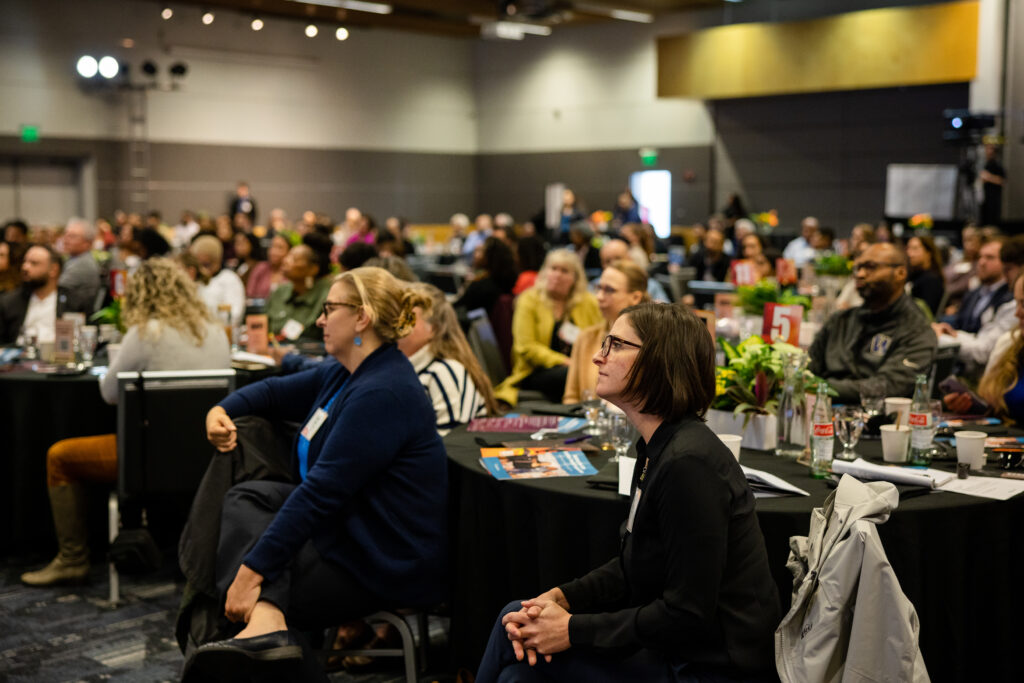
We must be willing to embrace failures as stepping stones, just as many great achievements in history have been preceded by setbacks.
In the same vein, reshaping our public education system won’t be without its challenges. But if we approach it with the same dedication, tenacity, and vision as those early space pioneers, we can create an education framework where every child is supported, both academically and emotionally.
Today, we have a powerful lineup of panel discussions. We’ll hear firsthand from high school students, offering insights into their current experiences navigating the education system. Following that, leaders from across the educational spectrum – encompassing early learning, expanded learning, K-12, postsecondary, and the workforce – will share their perspectives.
In these discussions, we’ll delve into investment strategies that support postsecondary degree attainment and establish a robust support infrastructure for students. We’ll highlight stories of effective progress while also exploring boundary-pushing approaches.
As you listen, I urge you to pinpoint opportunities for collaboration. Tune in to the disparities in the system, recognize successful initiatives, and consider where your unique influence and expertise can be applied to bridge gaps and enhance efforts to support more students.

